In this article, we’ll explore what makes Anago zushi unique and why it’s loved by so many. Whether you’re a sushi lover or just curious about Japanese cuisine, come along as we discover the deliciousness of Anago zushi and learn more about its place in Japanese food culture.
What is Anago zushi?
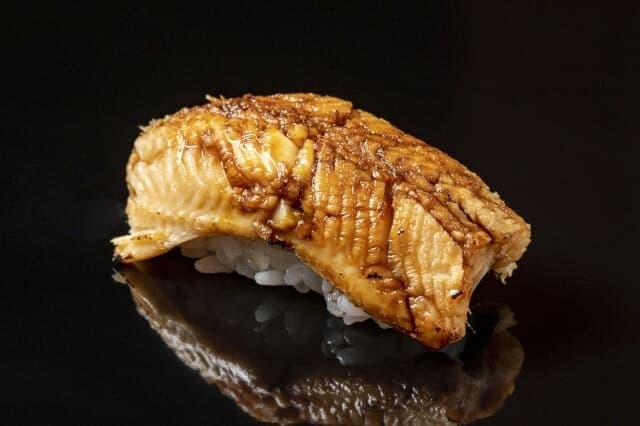
Anago zushi (穴子寿司), also known as “Conger Eel sushi” is a type of sushi consists of vinegared rice topped with slices of cooked conger eel, known as anago. Conger eel is a standard ingredient for sushi. Locals typically brushed the eel with a sweet soy-based sauce called “tsume” before serving it on the rice. Anago zushi is famous for its delicate flavor and soft texture, offering a slightly different taste experience compared to its more popular counterpart, unagi (freshwater eel) sushi. Locals often served it as part of a sushi assortment or enjoyed on its own.
Anago zushi History
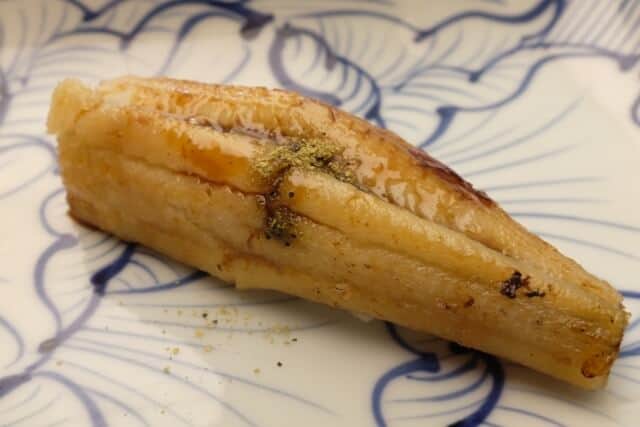
Sushi has a long history in Japan, but its roots actually trace back to Southeast Asia. It all started with a fermented food called “Narezushi,” created by a locals in mountainous areas to preserve hard-to-get fish. Later, during Japan’s Nara period, they offered ripe sushi to the imperial court as a tribute. Over time, sushi evolved, with pressed and boxed sushi appearing in the Kamakura period.
The Edo period saw significant changes, as rice vinegar became popular, leading to the creation of “Hayazushi,” which didn’t need fermentation. Then, nigiri sushi was invented, initially eaten in pieces the same size as rice balls. In the Meiji period, sashimi became a common topping. The ice-making industry’s rise in the 1900s allowed sushi restaurants to handle raw fish safely. By the Taisho era, electric refrigerators appeared, enabling more variety in toppings and smaller sushi restaurants. Showa era brought conveyor belt sushi, making sushi more accessible and affordable, marking a significant shift in its popularity and availability.
What is conger eel as a sushi dish?
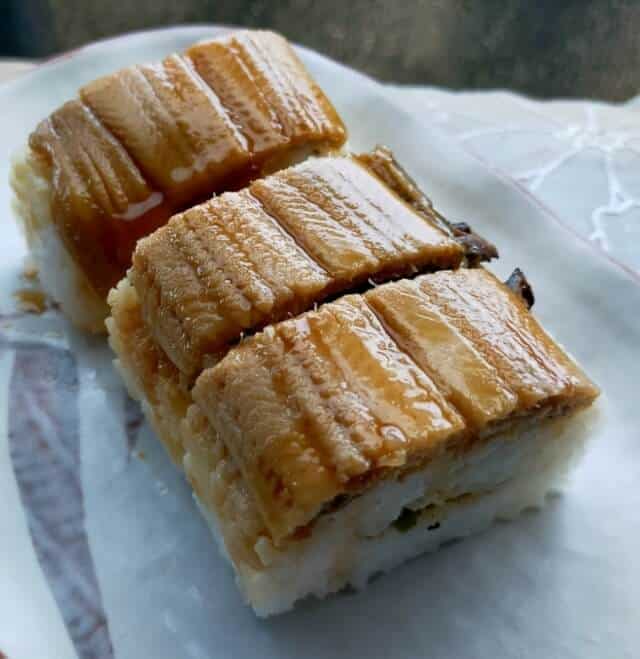
A type of conger called conger eel is often used for sushi. Conger eel is essential for Kansai sushi, but it is also a seed that used for a long time as a nigiri. Nigiri-dane is the representative simmered nigiri-dane. The tsume (sauce) made by repeatedly boiling and simmering the rich broth to double the flavor. It tastes best when the temperature is about human skin temperature, and the taste tends to be bland as it cools down. The fishing season is summer, and the fish are abundant during this time.
Season of Conger Eels
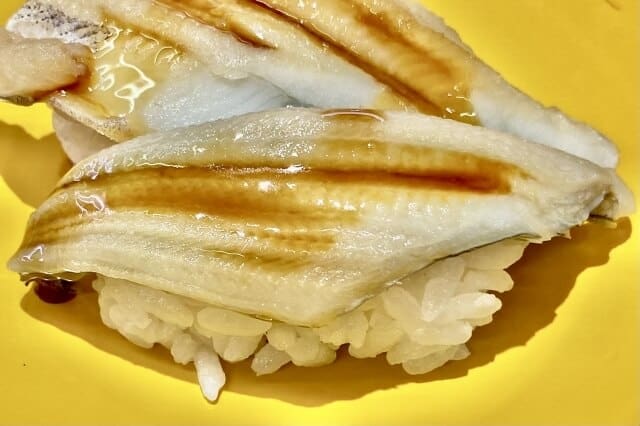
You can enjoy anago zushi all year round because it features two different types of conger eel: true conger eel in the summer and Densuke conger eel in the winter. In the summer, the conger eel has less fat and a light, refreshing taste. Normally, fish is thought to be at its best when it’s fattiest, but conger eel is an exception. Prized for its light flavor, so locals considered it rare and special when it’s in season during the summer without being too fatty.
Packed with nutrients
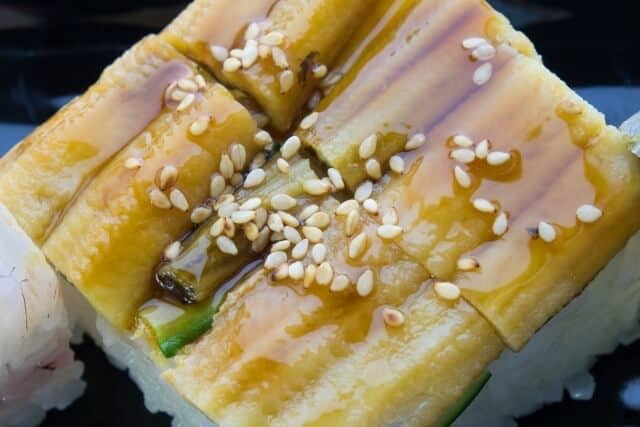
One piece of conger eel sushi has 61.9Kcal. Nutritionally, it is a great source of vitamin A. The only thing to keep in mind is that the calorie content tends to be a little high since it is made with boiled tsume. The best thing about it is that it is rich in vitamin A, which is attracting attention for its anti-cancer properties.
Production area of Conger eels
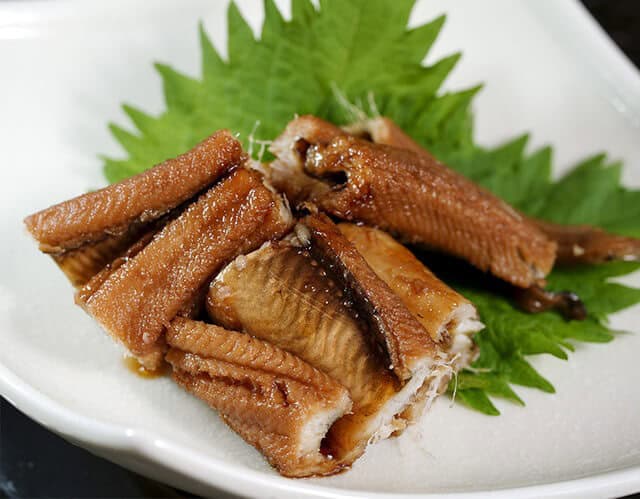
There are several production areas. “Edomae” is famous, but Akashi, off the coast of Miyagi Prefecture, Nagasaki Tsushima, and Shimane are also good producing areas. In Miyagi Prefecture, conger eel fishing began in Ishinomaki, which boasts the largest catch in the prefecture, at the end of the Taisho era. It is a hidden conger eel production area with a long history.
Ota City in Shimane Prefecture is gaining attention as a major hub for conger eel production. The fishing of conger eel in Shimane Prefecture mainly employs bottom trawling, with about half of the catch being landed in Ota City. The conger eels from Ota are renowned for their excellent fat content, attributed to the abundant food sources and favorable conditions in the local waters, ensuring a soft and fluffy texture when cooked, with chewy skin.
Meanwhile, Akashi City in Hyogo Prefecture, known for octopus and sea bream, is another significant fishing area for conger eel. There are other conger eel production areas all over the country, including Tokyo Bay’s conger eel, which is famous for its Edomae sushi, and Hiroshima’s Miyajima, Miyagi, and Aichi, which are famous for their conger eel rice.
Difference between anago and unagi
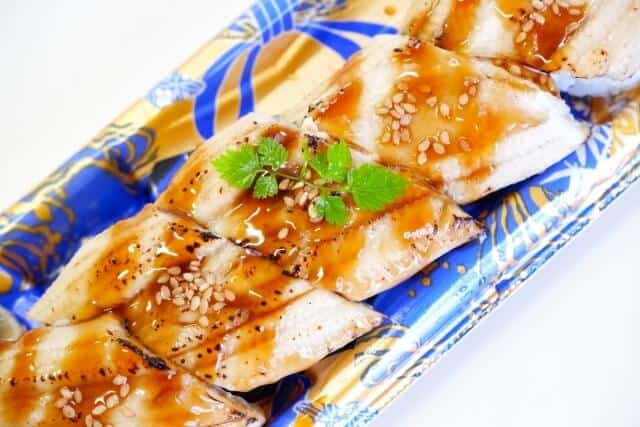
Anago and unagi are both types of eel commonly used in Japanese cuisine, particularly in sushi. The anago refers to saltwater eel, specifically conger eel, while unagi refers to freshwater eel, typically Japanese eel. Anago tends to have a lighter, milder flavor compared to unagi. It is also generally softer and more delicate in texture. Unagi, on the other hand, has a richer, sweeter taste and a firmer texture.
As you know, eels are traded at high prices. However, when it comes to conger eels, locals sell this at relatively reasonable prices. If you compare the nutrients of eel and conger eel, you will find that eel has twice as much fat as conger eel. There are no major differences in other protein or carbohydrate components. The major nutritional difference between eel and conger eel is the difference in fat content.
Anago zushi FAQ
- Isn’t conger eels a fish?
-
The true identity of the stick conger eel is the black hagfish. The body length is about 30 to 50 centimeters. Although it is called an eel, it has no jaws, skeleton, or gills, so strictly speaking, it is not a fish. It is a relative of the lamprey and inhabits a wide area south of Aomori Prefecture, but in Japan, it is eaten not only in Oga but also in parts of Niigata Prefecture.
- Is Anago zushi considered a luxury or more affordable sushi option in Japan?
-
Anago zushi can vary in price depending on factors such as the quality of the eel, the restaurant’s location, and its reputation. Generally, compared to its counterpart unagi (freshwater eel), anago tends to be slightly more affordable. This is because anago is more readily available year-round and is often less expensive to produce compared to unagi, which is typically more seasonal and has a higher demand.
Anago zushi Recipe
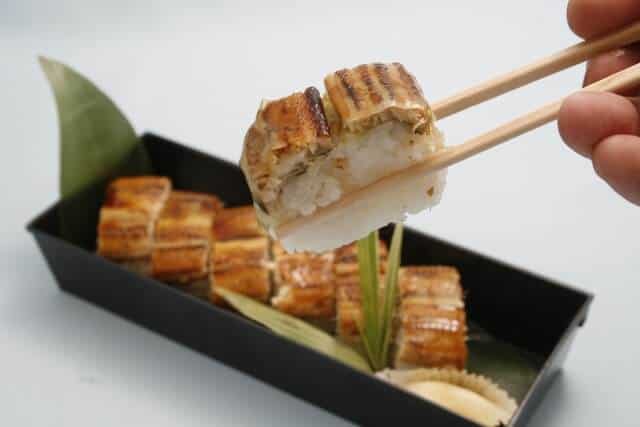
Anago zushi Ingredients
| Ingredients of Anago zushi for 2 persons | Measurements |
|---|---|
| Grilled conger eel | 60g |
| Liquor | 14g |
| Macrophyll | 3g |
| Rice (warm) | 250g |
| Japanese pepper | 1.5g |
| [A] Sugar | 2.5g |
| [A] Salt | 1g |
| [A] Vinegar | 15g |
How to make Anago zushi?
Sprinkle sake on the grilled conger eel, cover lightly with plastic wrap, and heat in a 600W microwave for about 1 minute.
Shred the perilla leaves. Add all condiments to a bowl and mix. Add rice, shiso leaves, and mix well.
Lay out a sheet of plastic wrap, place the grilled conger eel, skin side up, and place the rice with condiments on top of it and roll it up tightly. Leave it for a few minutes and shape it.
Cut into 2cm wide pieces while still wrapped in plastic wrap, and remove the plastic wrap when serving on a plate. Sprinkle with Japanese pepper and done.
Where to buy Anago zushi?
Sushinoike (すし乃池)
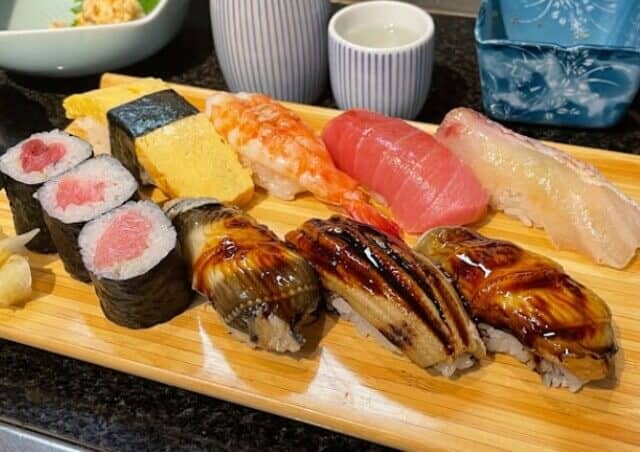
Sushinoike is a famous restaurant in Yanaka that is frequented by cultural figures and celebrities from all over the world. Noike’s conger eel, which is particular about Edomae-style conger eel, has been well received for its fluffy flavor that you can enjoy even when you take it home. You can also hold a banquet at the tatami room and table seats on the second floor.
Sushi Hashimoto (鮨はし本)
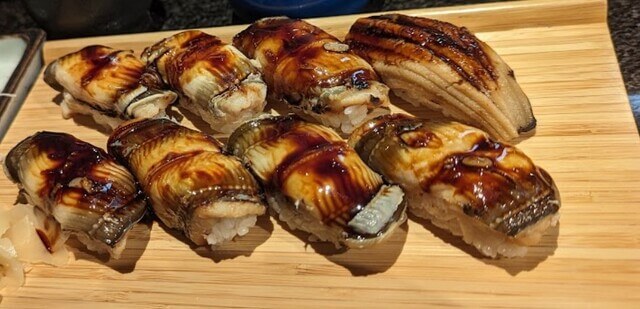
The 1,500 yen lunch will impress you with the Edomae conger eel, which is lightly grilled and melts before you make it. It comes with 8 pieces of bluefin tuna, medium fatty tuna, amberjack, mackerel, etc., a thick-grilled egg, a maki roll, and a soup. It softly melts in your mouth, and the richness of the boiling makes it deeply delicious.
Sushi Issei (鮨 いっ誠)
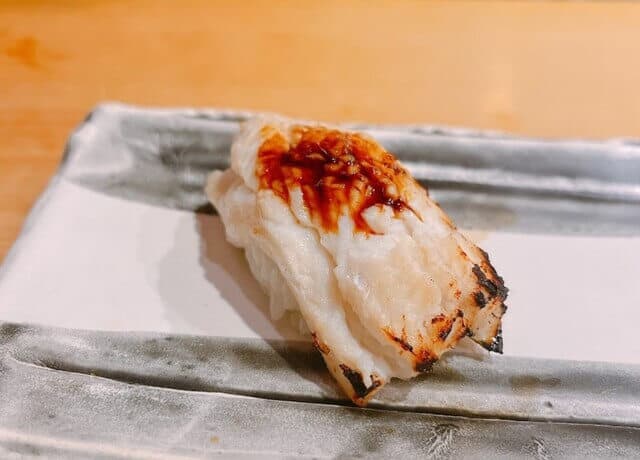
For the sushi vinegar, this store uses a small amount of red vinegar to add flavor so as not to discolor the rice, and to create a mellow acidity that goes well with the toppings. They use conger eel from Edomae or Tsushima. Characterized by putting sansho pepper between the sushi rice and the toppings
Final Thoughts
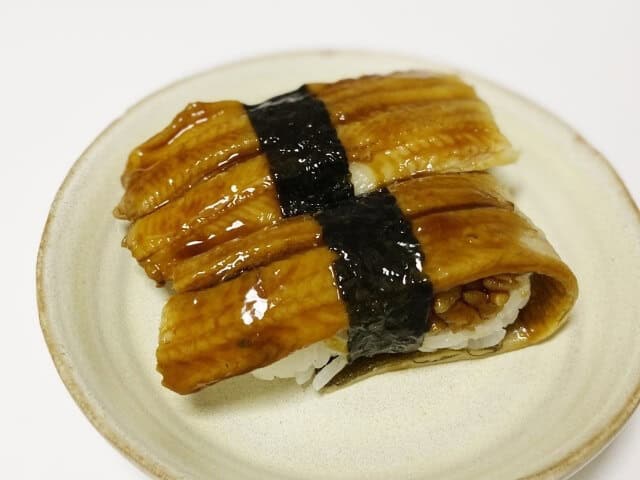
In closing, Anago zushi is a special dish that represents the diverse flavors and culinary expertise of Japan. By learning about the differences between Anago and Unagi, how it’s prepared, and its cultural importance, we’ve gained valuable insights into this delicious sushi variety. Whether you’re a sushi aficionado or just curious about Japanese cuisine, I hope this article has provided you with a better understanding of Anago zushi and its significance in Japan.
You can check some Japanese sushi dishes that we know you would like to try too.
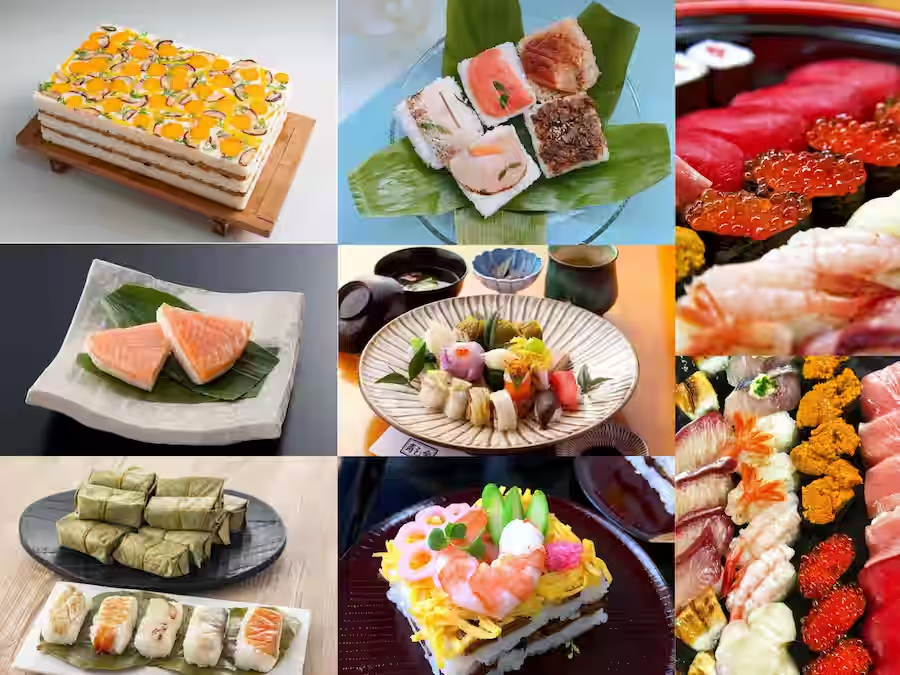
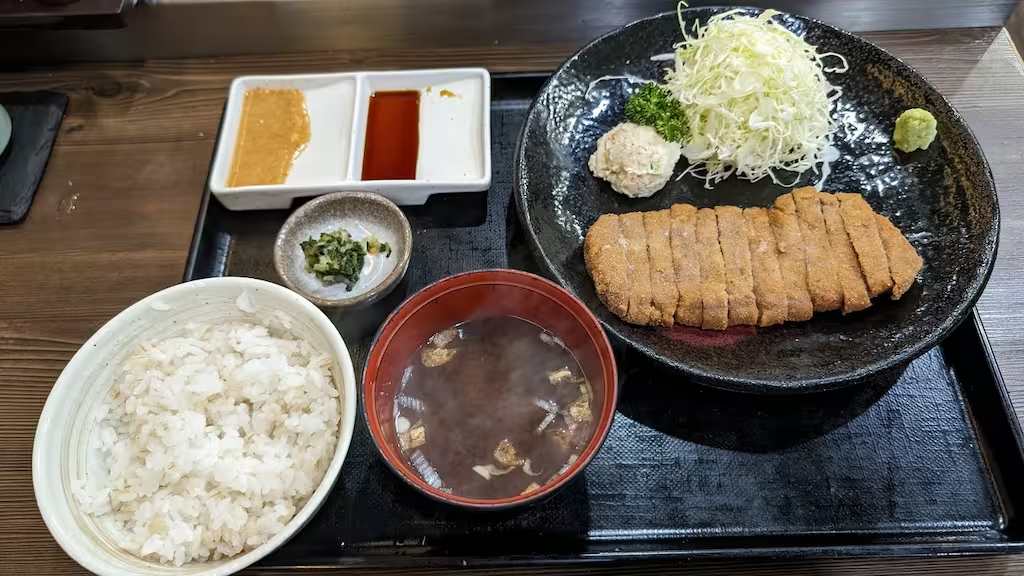
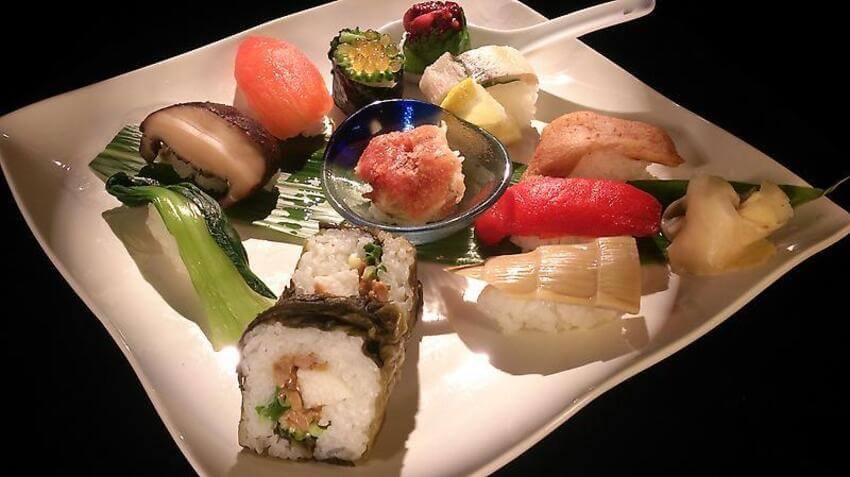



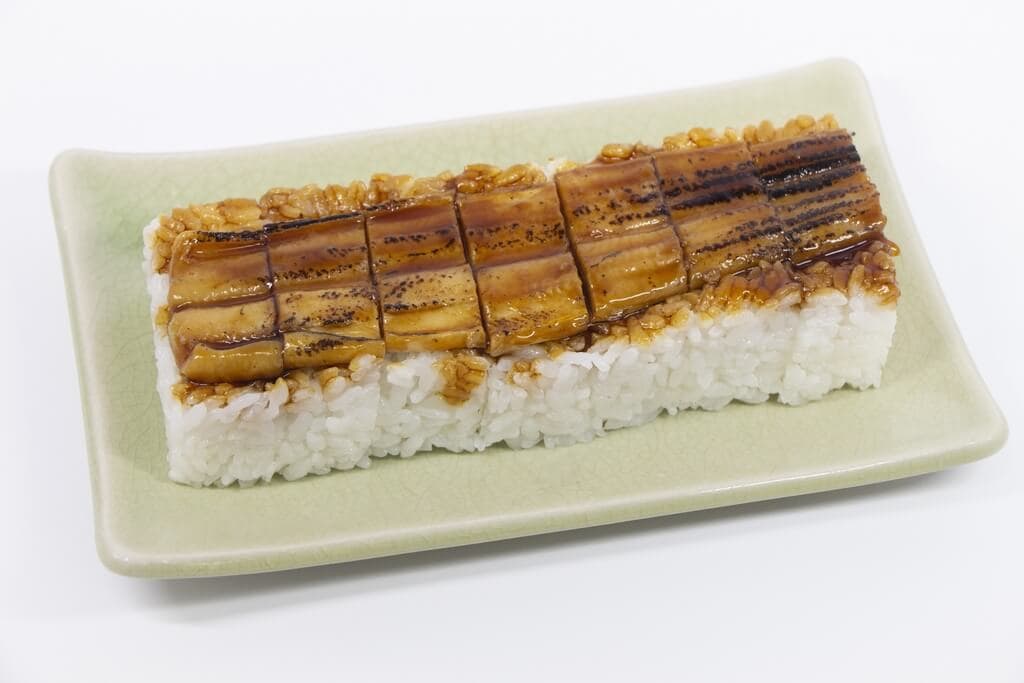
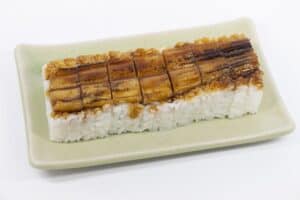
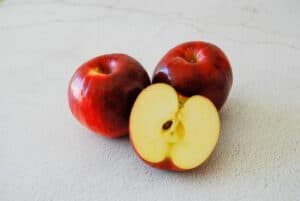
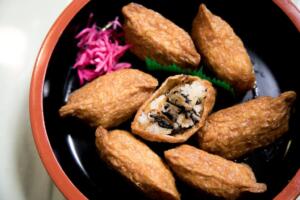
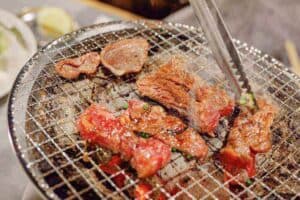


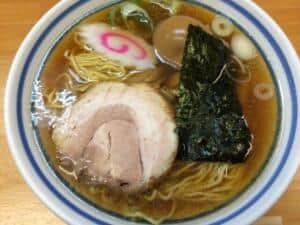
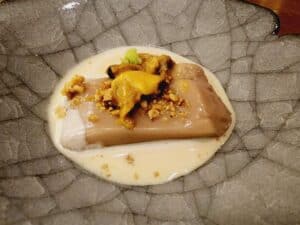
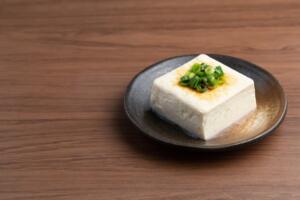
Comments